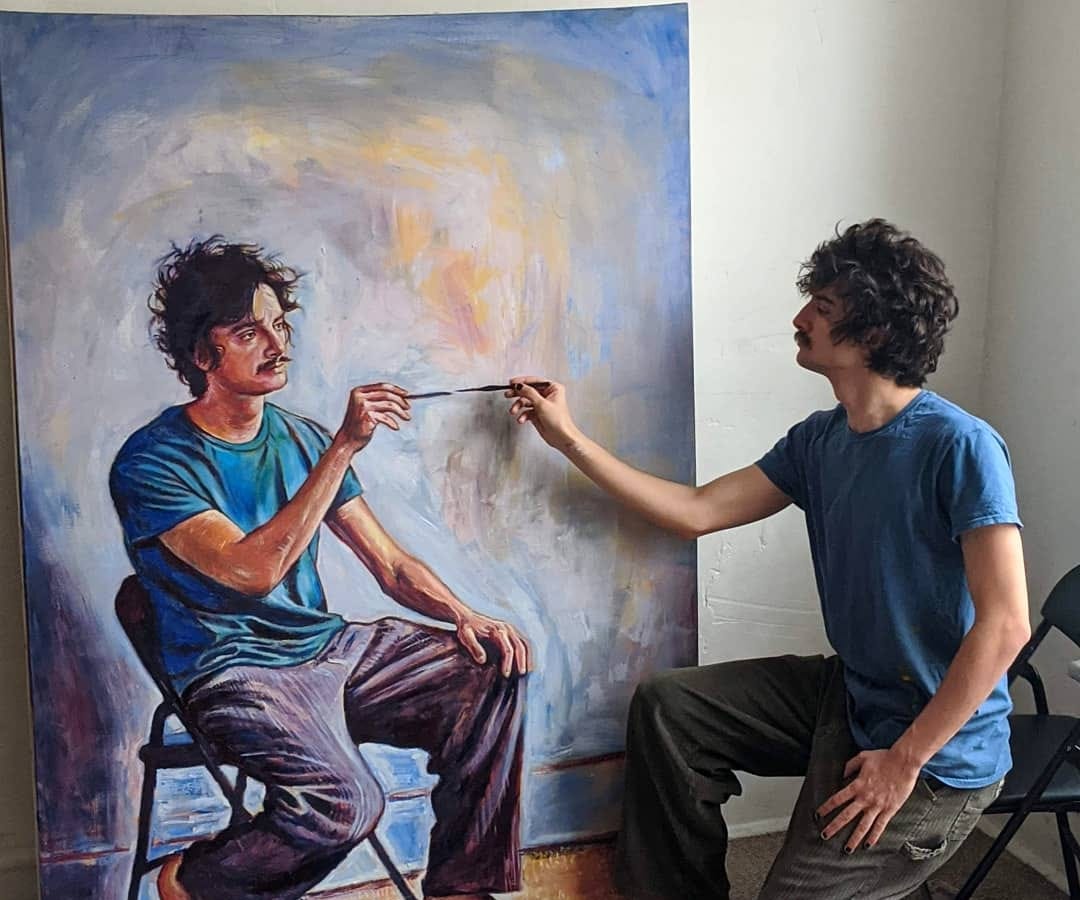
Portrait painting is a timeless art form that has captured the likeness and spirit of individuals for centuries. From classical oil portraits to contemporary digital renditions, this style of painting serves as a window into the human soul, revealing not only physical appearance but also the personality and emotions of its subjects. In this article, we explore the history, techniques, and significance of portrait painting, shedding light on why it remains a beloved genre in the world of art.
The Origins of Portrait Painting
The tradition of portrait painting dates back to ancient times, with early examples found in Egyptian funerary art and Roman frescoes. These early portraits were often idealized representations of rulers and deities, designed to convey power and authority réplicas de cuadros en lienzo. During the Middle Ages, portrait painting was largely focused on religious themes, with saints and biblical figures as the primary subjects.
It wasn’t until the Renaissance that portrait painting truly flourished as an art form. Artists like Leonardo da Vinci, with his iconic “Mona Lisa,” and Hans Holbein the Younger, known for his portraits of English royalty, brought a new level of realism and detail to their work. These Renaissance portraits emphasized individuality, capturing the unique characteristics and expressions of their subjects.
Techniques in Portrait Painting
Portrait painters use a variety of techniques to bring their subjects to life. One of the most critical aspects of portrait painting is capturing likeness, which involves careful observation and an understanding of anatomy. Artists often start with a preliminary sketch, outlining the basic structure of the face and body. From there, they add layers of paint, building depth and texture to create a realistic portrayal.
Oil painting is a popular medium for portraits, offering rich colors and the ability to blend and layer paint for subtle transitions. Watercolor and acrylics are also used, with each medium providing its own unique qualities. In recent years, digital painting has gained popularity, allowing artists to create portraits using digital tools and software.
The Evolution of Portrait Painting
Over the centuries, portrait painting has evolved to reflect changing cultural and artistic trends. In the Baroque period, artists like Rembrandt and Caravaggio used dramatic lighting and intense contrasts to create powerful, emotional portraits. The Rococo era, on the other hand, favored a lighter, more playful style, as seen in the works of François Boucher and Thomas Gainsborough.
The 19th century saw the emergence of new styles, such as Impressionism, with artists like Édouard Manet and Edgar Degas capturing fleeting moments and expressions. The 20th century introduced abstract and expressionist approaches to portrait painting, with artists like Pablo Picasso and Egon Schiele reimagining the human form in bold and unconventional ways.
The Significance of Portrait Painting
Portrait painting holds a unique place in the art world because of its ability to capture the essence of humanity. A successful portrait not only represents the physical appearance of a person but also conveys their personality, emotions, and even the context of their lives. Portraits can serve as historical records, documenting the faces of important figures and everyday people alike.
In contemporary times, portrait painting continues to be a powerful medium for self-expression and storytelling. Artists use portraits to explore themes of identity, culture, and social justice, creating works that resonate with modern audiences. The rise of digital art has also expanded the possibilities for portrait painting, allowing artists to experiment with new techniques and styles.
Conclusion: The Timelessness of Portrait Painting
Portrait painting has endured through centuries of artistic change because of its ability to connect with viewers on a deeply human level. Whether it’s a traditional oil portrait hanging in a museum or a digital portrait shared on social media, this art form invites us to see ourselves and others in a new light. As artists continue to explore the boundaries of portrait painting, we can expect to see innovative approaches that capture the essence of humanity in fresh and exciting ways.
Be First to Comment